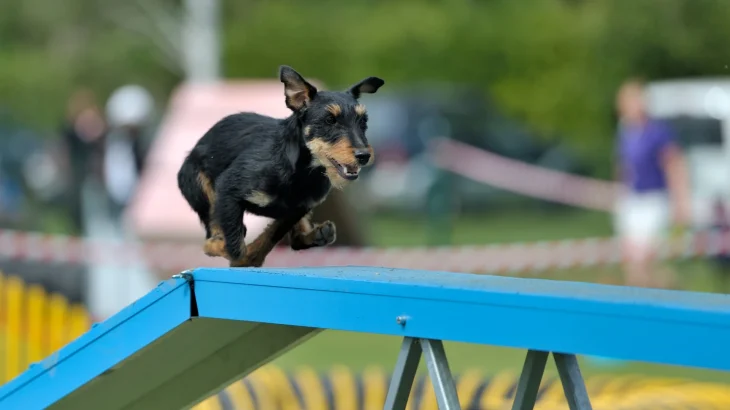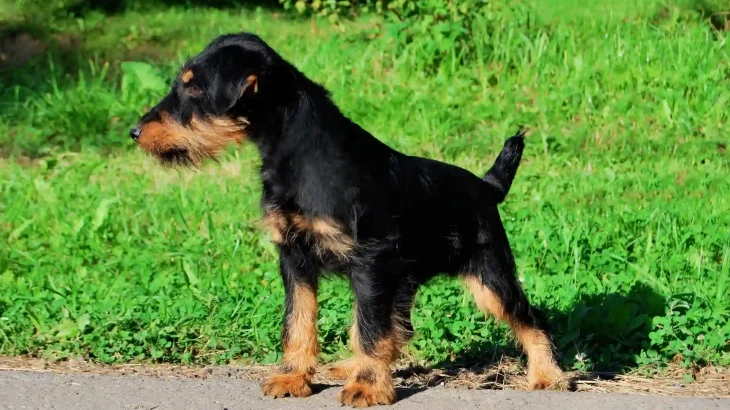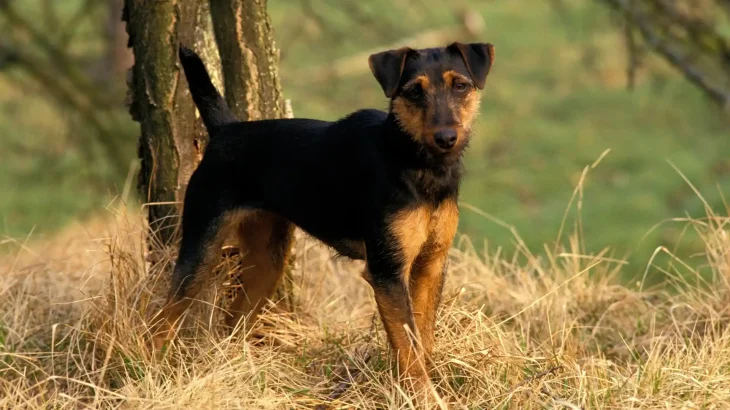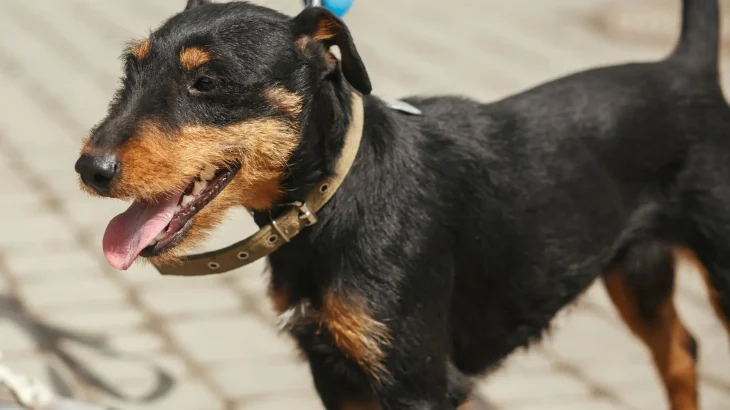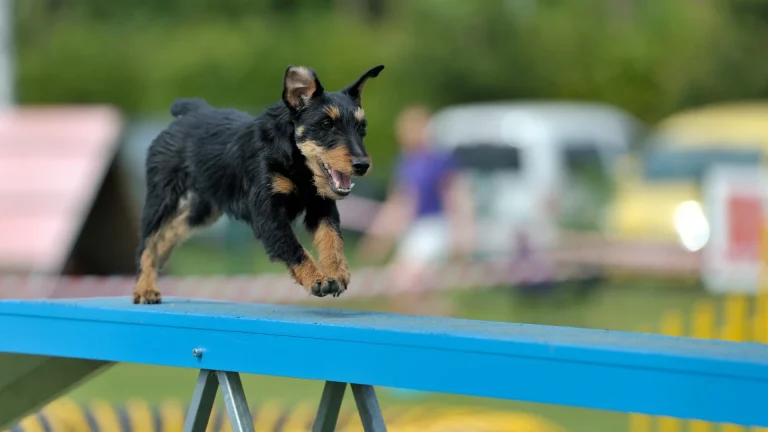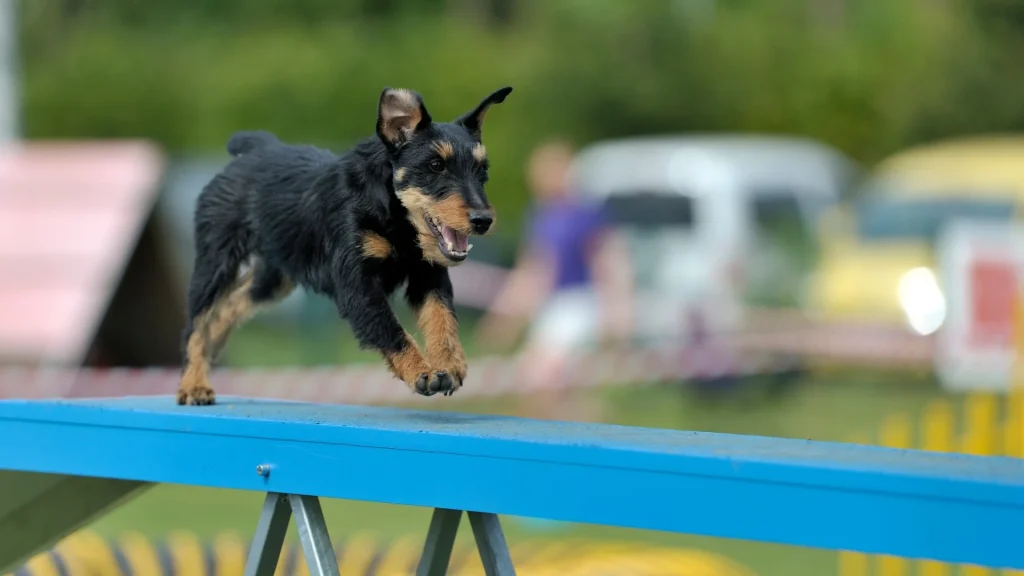When choosing a Jagdterrier puppy, the decision to buy from a breeder or to adopt can hinge on factors like health history and breed consistency. Buying from a reputable breeder often means access to genetic testing and detailed lineage, while adoption offers the chance to provide a home to a dog in need, sometimes at a lower cost.
| Criteria | Buying from Breeder | Adopting from Shelter/Rescue |
|---|---|---|
| Cost | Usually higher; breeders often charge a premium for purebred puppies. | Lower adoption fees; more budget-friendly option. |
| Health History | Detailed health records and genetic screenings available, reducing risk of genetic disorders. | Health history may be limited or unknown; basic health checks usually done. |
| Age Availability | Primarily puppies, allowing for early socialization and training. | Availability may include dogs of various ages, including adults. |
| Temperament Insight | Breeders can provide temperament traits based on lineage and early observation. | Temperament insight based on shelter observations, which may be limited. |
| Supporting Practices | Supports responsible breeding practices if breeder is ethical and reputable. | Supports animal welfare by giving homes to dogs in need, reducing shelter populations. |
| Breed Purity & Pedigree | Ensured pedigree and breed standards maintained. | Breed purity may be uncertain; less emphasis on pedigree. |


